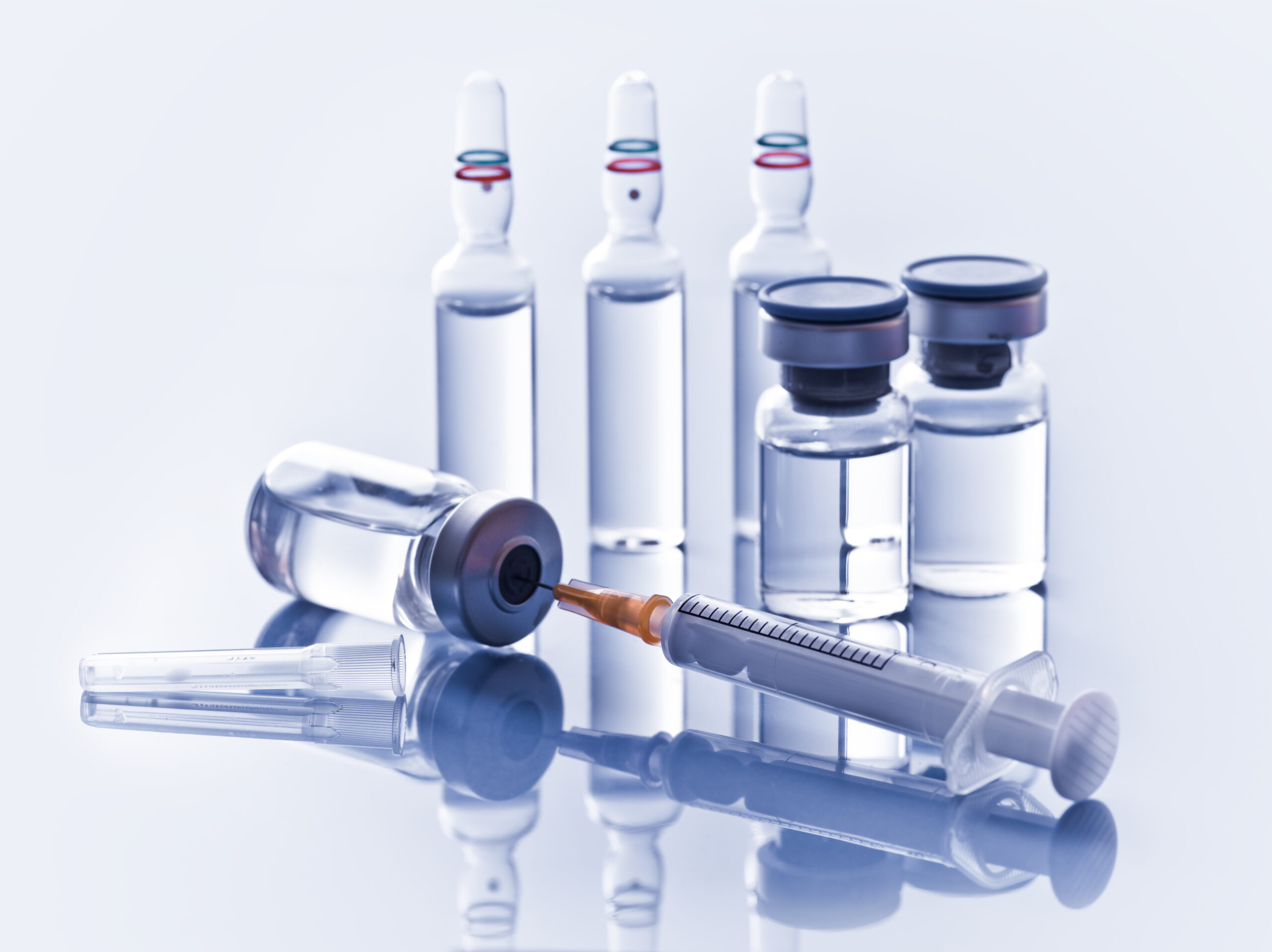In the pharmaceutical industry, ensuring the sterility of products, especially those intended for parenteral (injectable) use, is of utmost importance. One critical process used to validate aseptic manufacturing environments is the media fill. This blog will discuss what media fills are, their purpose, and the steps involved in conducting a successful media fill in pharmaceutical production.
A media fill, also known as a process simulation test, is a procedure used in aseptic manufacturing to validate the sterility of the production process. During a media fill, a microbiological growth medium is used in place of the actual drug product. This medium serves as a substitute to detect potential contamination within the manufacturing process.
Media fills are designed to simulate the actual production process under as close to normal operating conditions as possible. This helps to confirm that the aseptic procedures in place are capable of consistently producing sterile products. By using a nutrient-rich growth medium, any contamination introduced during the process will result in microbial growth, which can be easily detected. This helps in identifying potential sources of contamination.
Regulatory agencies like the FDA and EMA require pharmaceutical manufacturers to conduct media fills as part of their Good Manufacturing Practices (GMP). Regular media fills are necessary to demonstrate ongoing control over the aseptic manufacturing process.
Key Elements of Media Fills:
1. Preparation
Selection of Growth Medium: The growth medium used should support the growth of a wide range of microorganisms. Commonly used media include tryptic soy broth (TSB) and soy casein digest medium.
Environmental Monitoring: Ensure that the cleanroom environment is within acceptable limits for particulate and microbial contamination before starting the media fill.
2. Simulation of Routine Production
Aseptic Techniques: All aseptic techniques used in the regular production process should be employed during the media fill.
Operators and Equipment: The same operators, equipment, and procedures used in routine production should be involved to accurately reflect the normal conditions.
3. Filling Process
Duration and Volume: The media fill should run for the same duration and fill the same volume as the actual drug product process.
Interventions: Simulate routine and non-routine interventions that occur during the production process, such as equipment adjustments or operator interventions, to ensure they do not introduce contamination.
4. Incubation and Inspection
Incubation: After filling, the media-filled containers are incubated at specific temperatures to promote microbial growth. Typically, they are incubated at two different temperatures (20-25°C and 30-35°C) for at least 14 days.
Inspection: Each container is inspected for microbial growth. Containers showing any sign of contamination indicate a breach in aseptic processing.
Media fills are critical for a number of reasons, including ensuring product safety, maintaining regulatory compliance, and helping support process improvement. Results from media fills provide valuable data that can be used to improve aseptic techniques and manufacturing processes.
As with most complicated processes, however, media fills also come with their own set of challenges and risks that need to be tightly controlled to ensure the validity of the results. These challenges include:
- Replicating Actual Conditions: Ensuring that media fills accurately replicate the real production environment can be challenging.
- Interpreting Results: Distinguishing between real contamination and false positives requires expertise and thorough investigation.
- Cost and Time: Media fills can be resource-intensive, requiring significant time and financial investment.
In conclusion, media fills are a cornerstone of aseptic process validation in pharmaceutical manufacturing. They provide crucial assurance that the processes used to produce sterile products are effective and reliable. By meticulously planning and executing media fills, pharmaceutical companies can maintain high standards of product safety and quality, ensuring that their products meet regulatory requirements and protect patient health.
EMMA International’s team of pharmaceutical experts can help support developing your media fill strategy, interpret results, and even support remediation of any aseptic-related issues. To learn more call us at 248-987-4497 or email info@emmainternational.com today.
FDA (Oct 2024) Sterile Drug Products Produced by Aseptic Processing — Current Good Manufacturing Practice retrieved from: https://www.fda.gov/regulatory-information/search-fda-guidance-documents/sterile-drug-products-produced-aseptic-processing-current-good-manufacturing-practice





